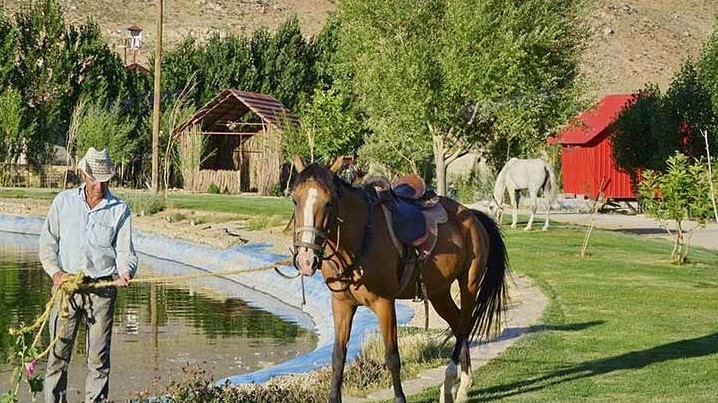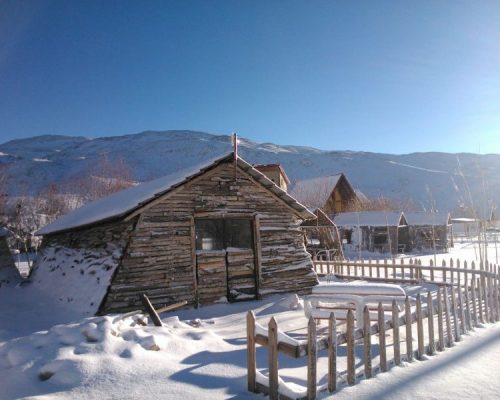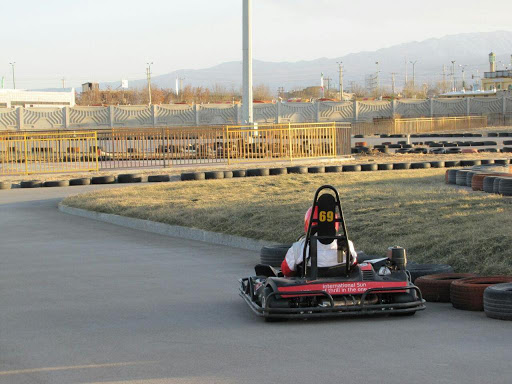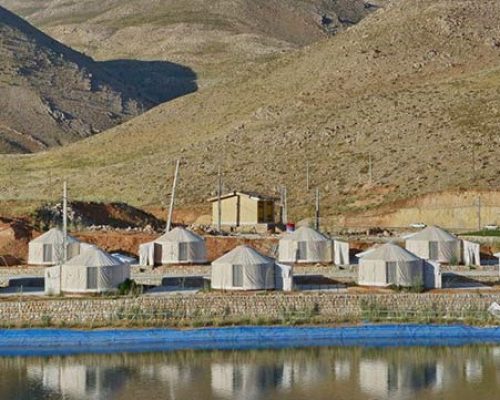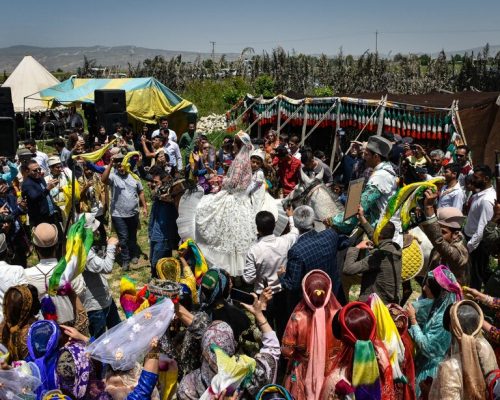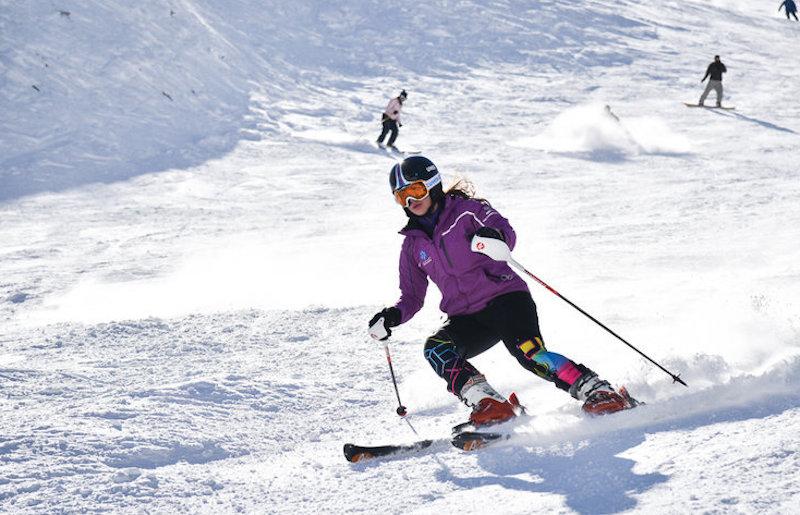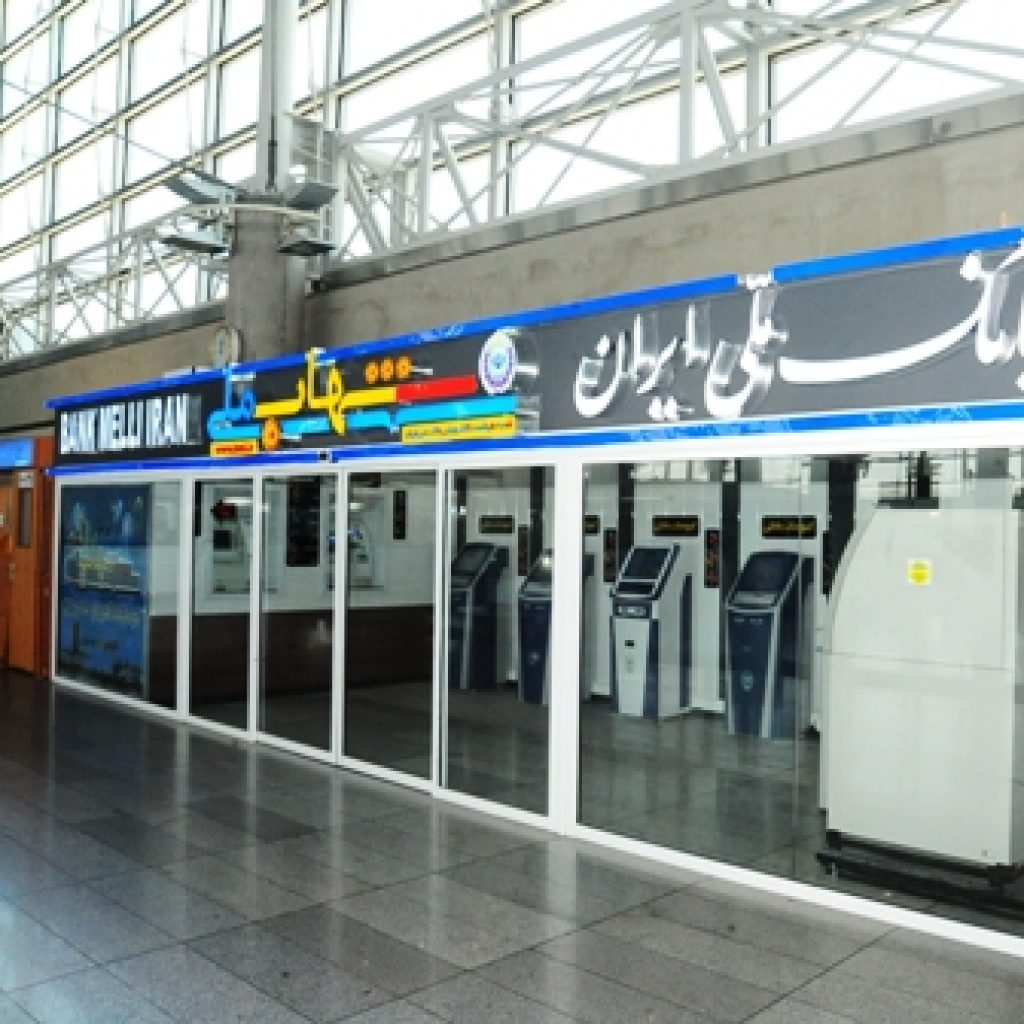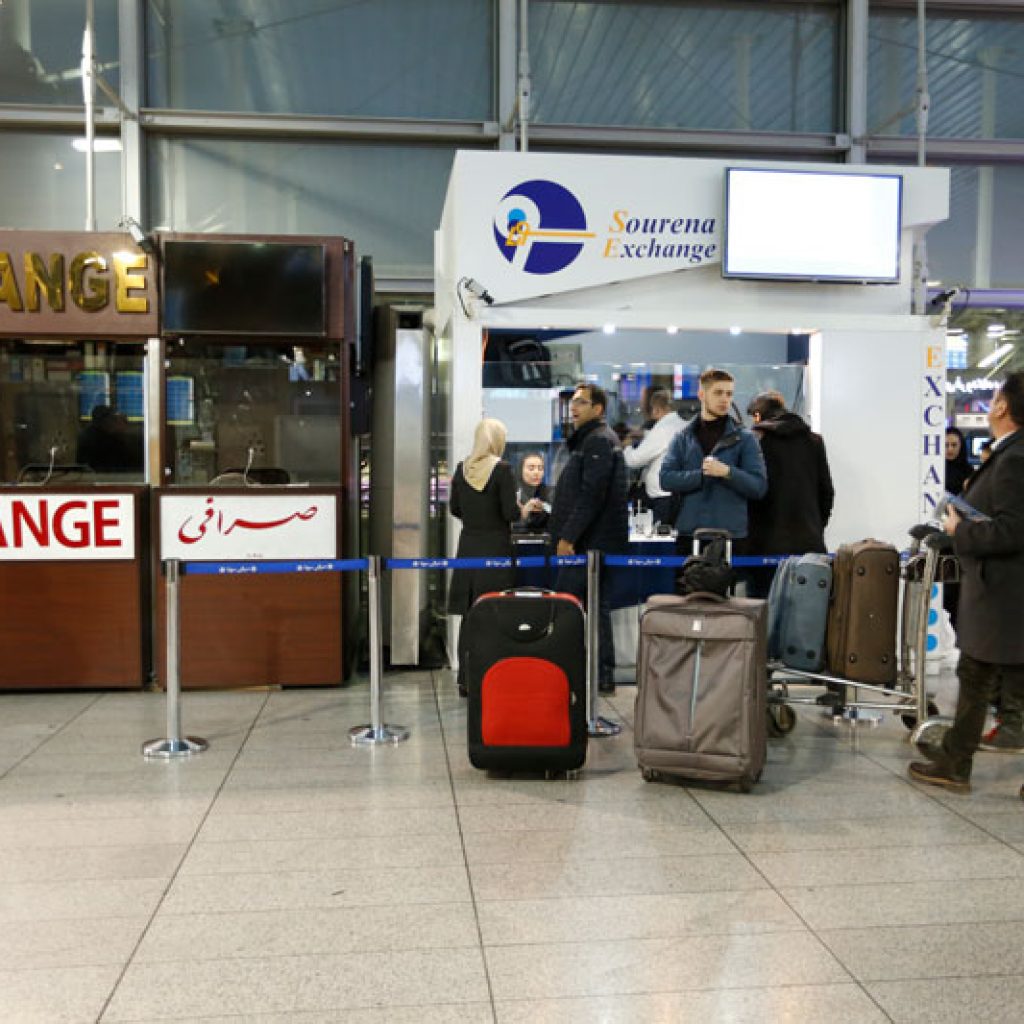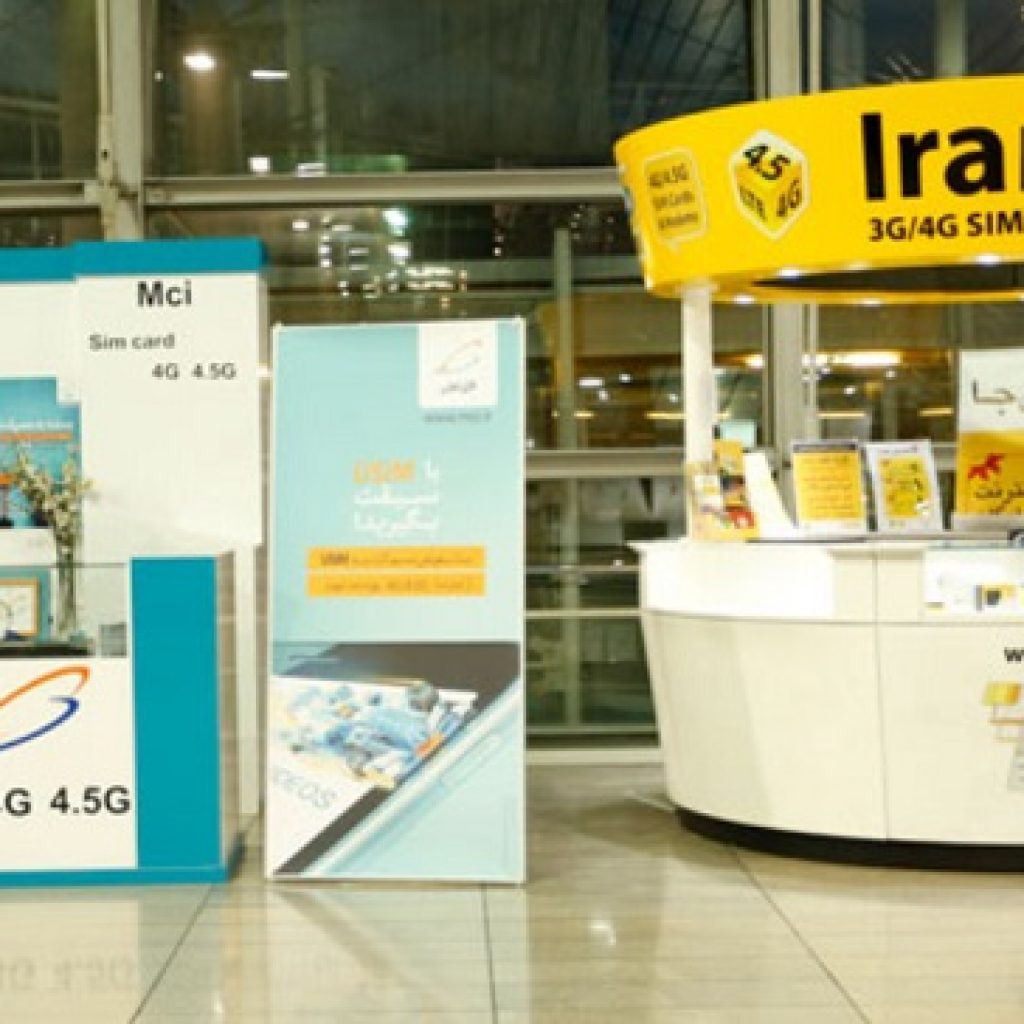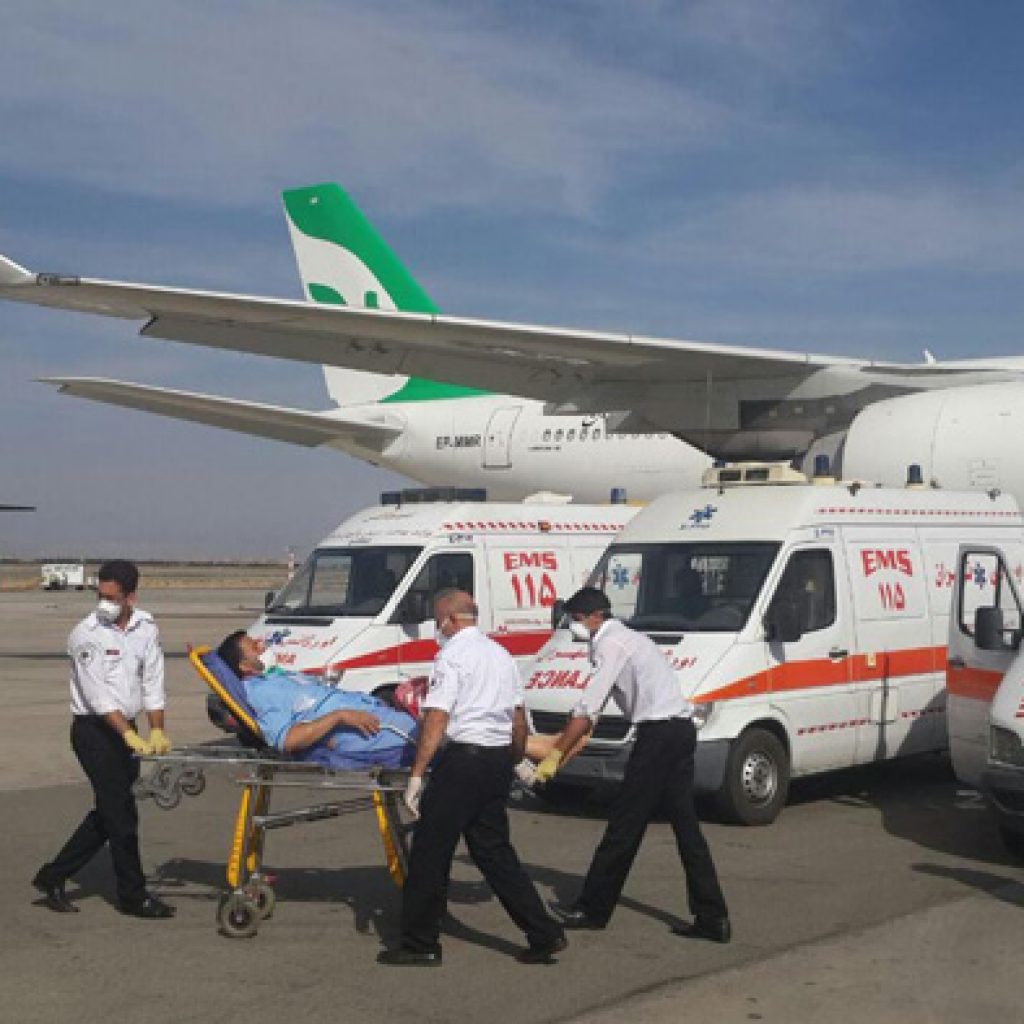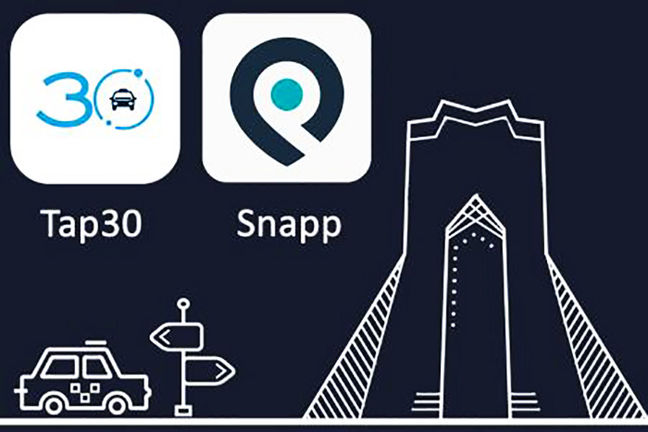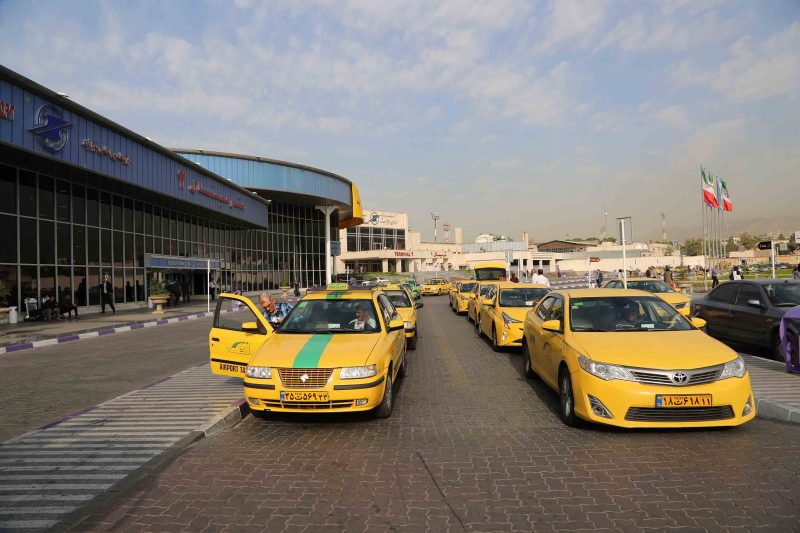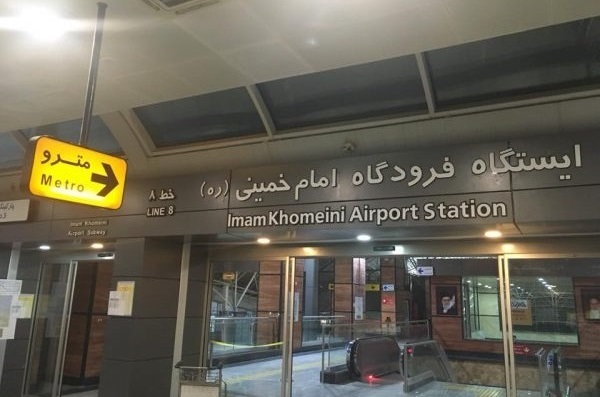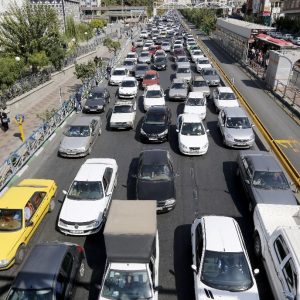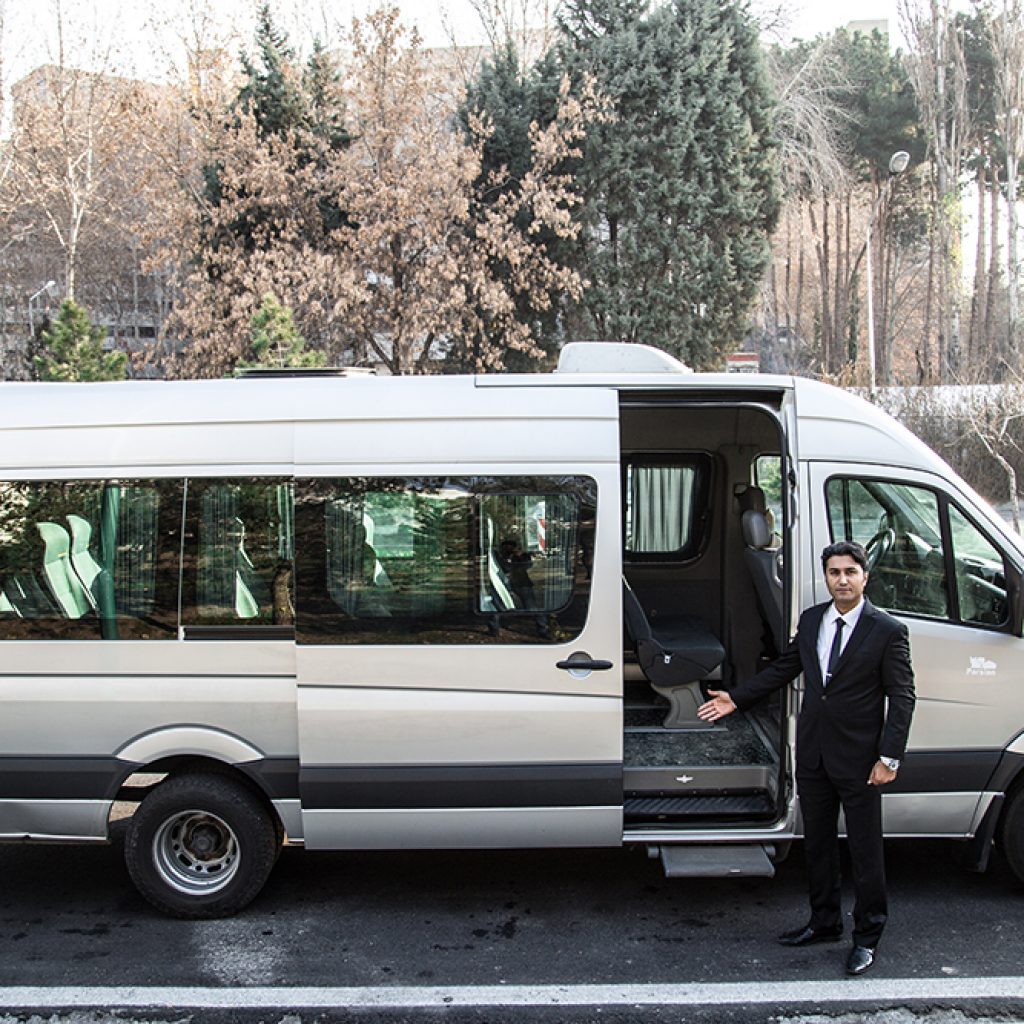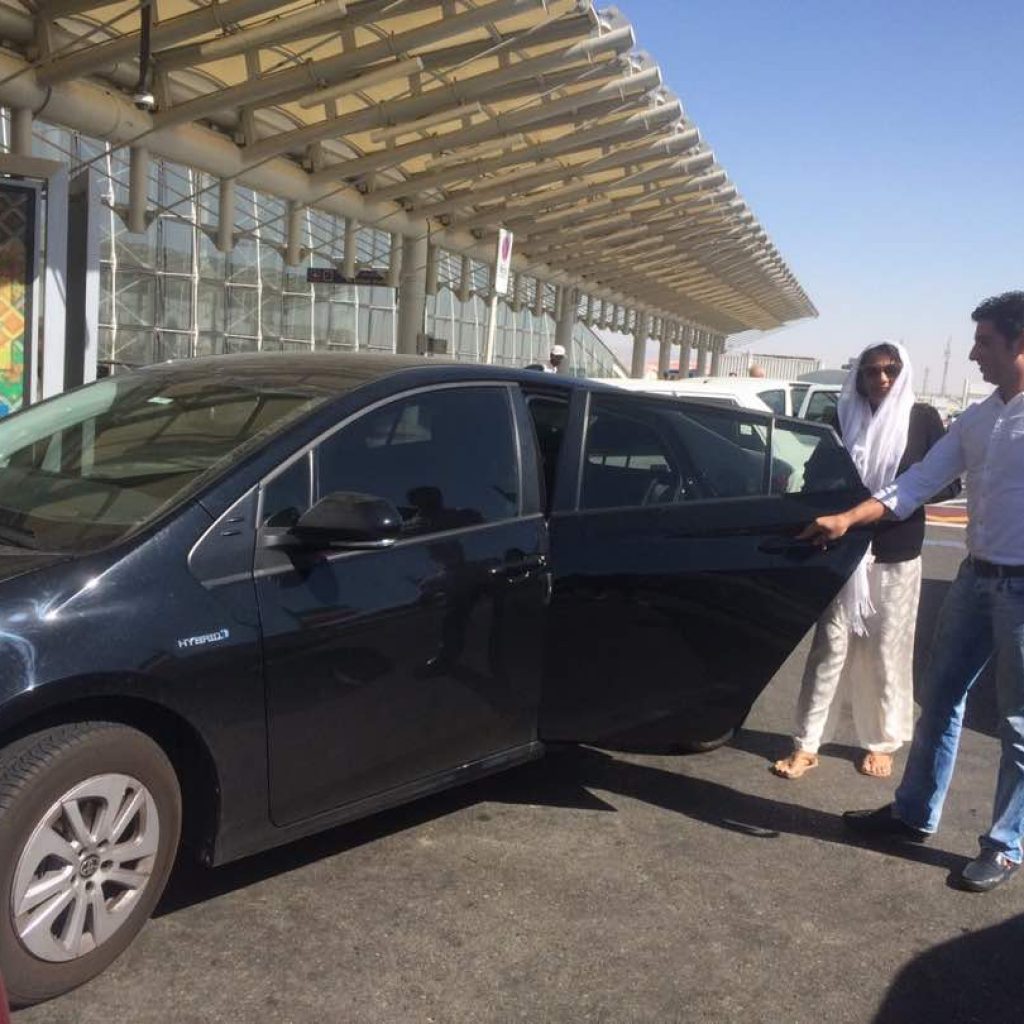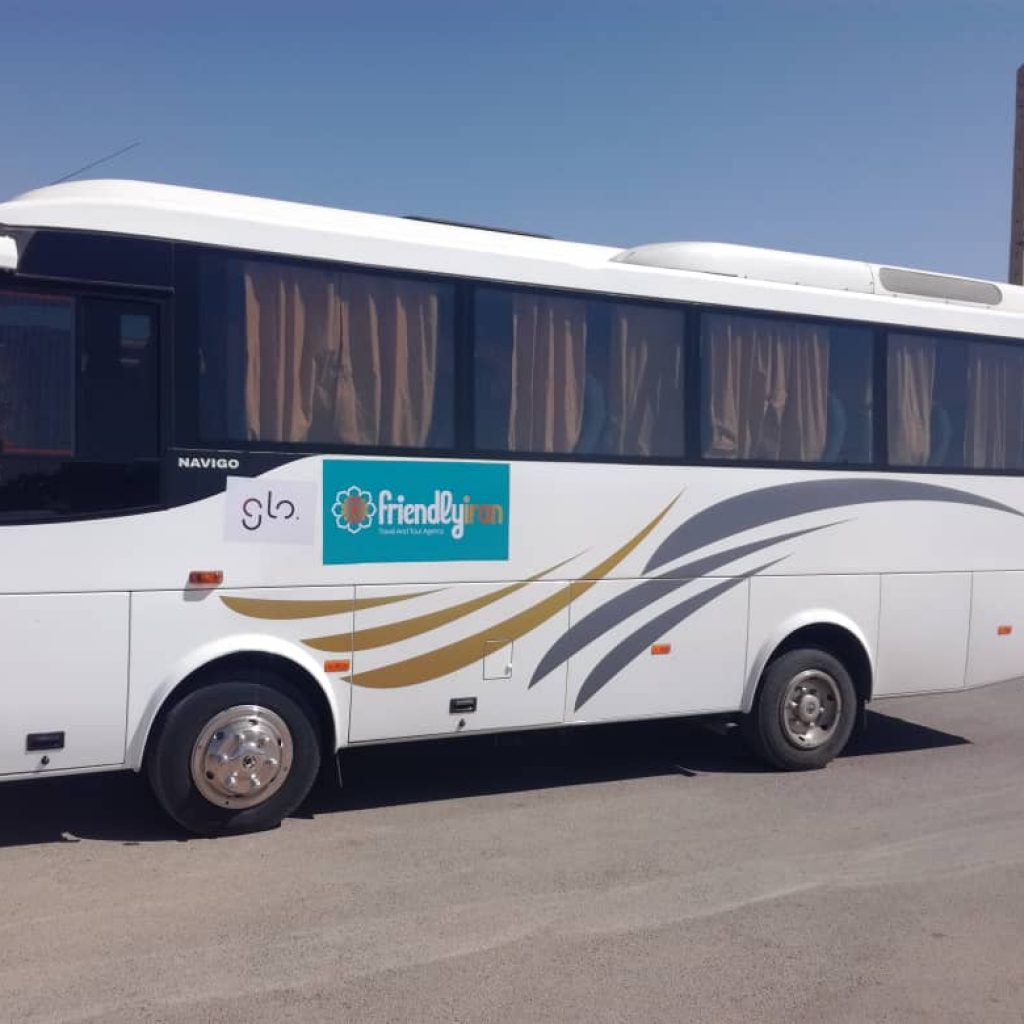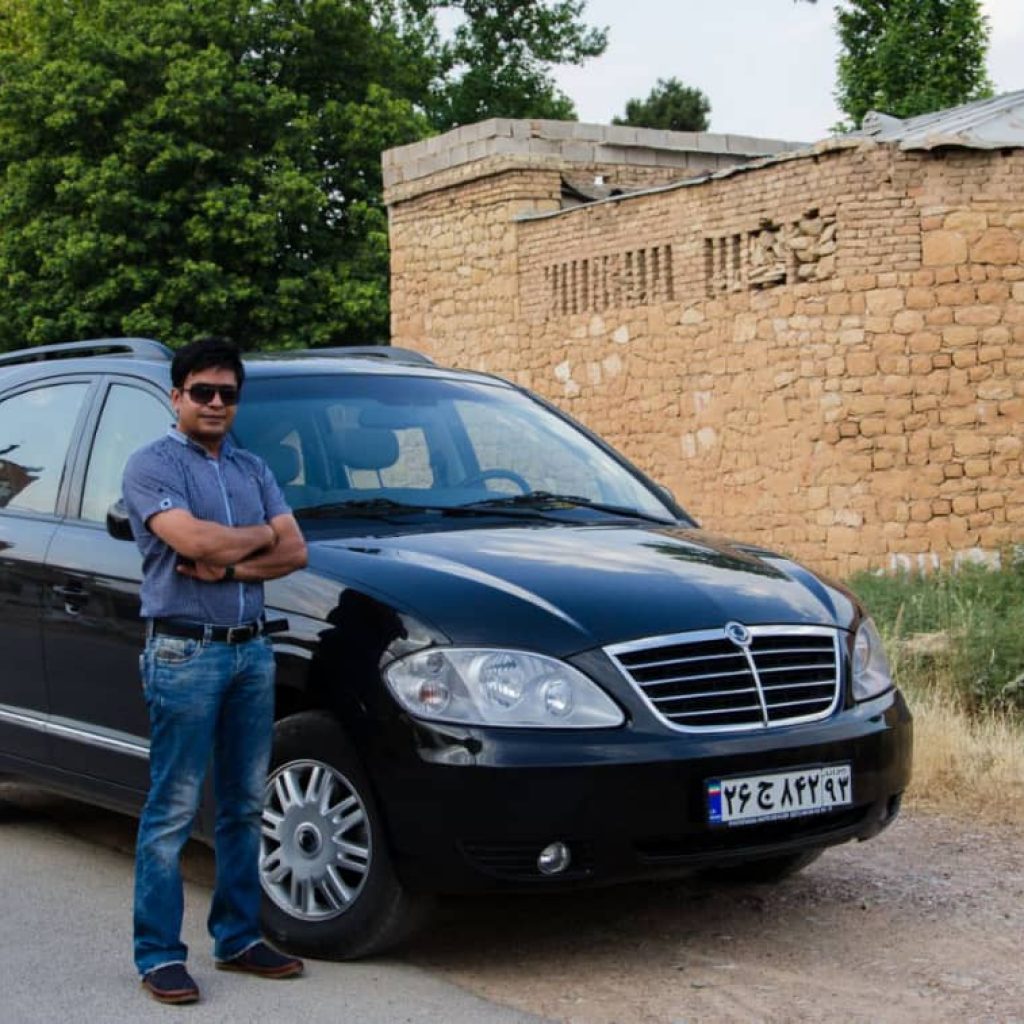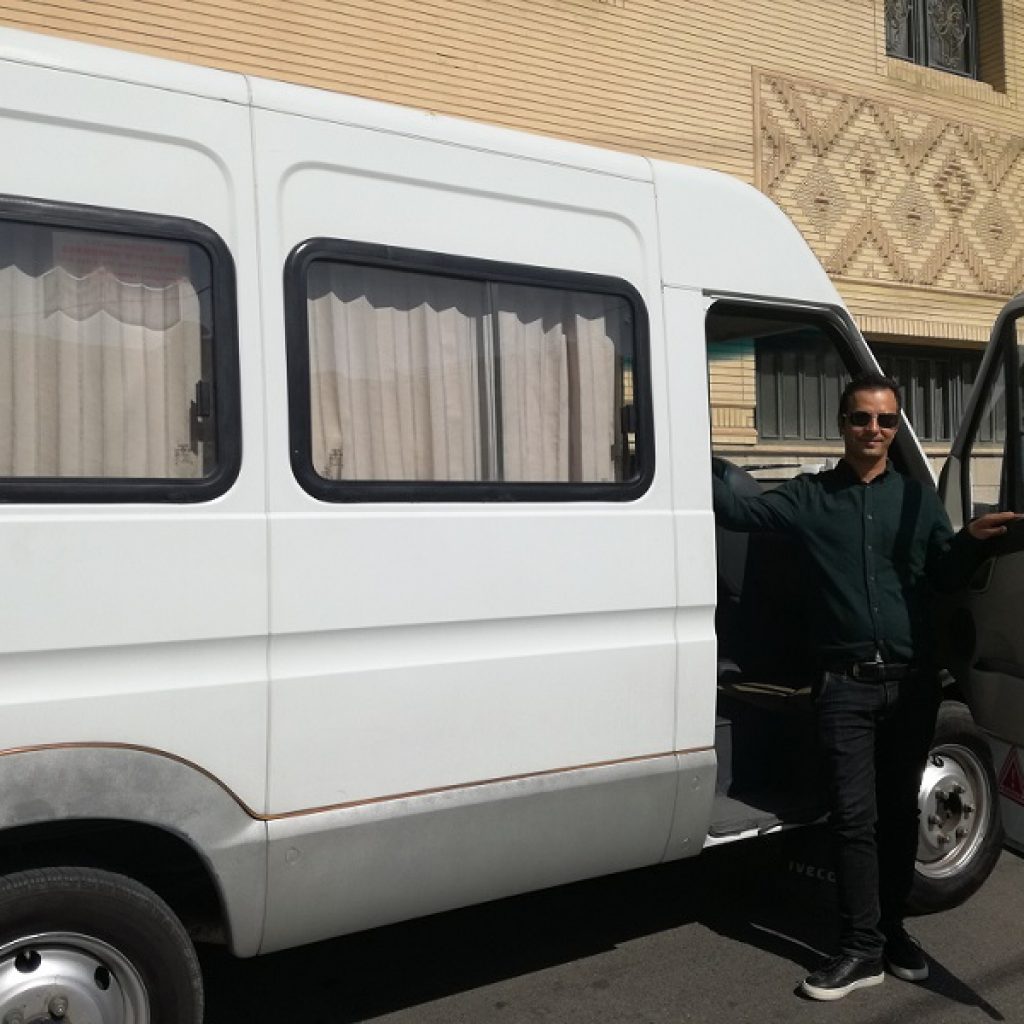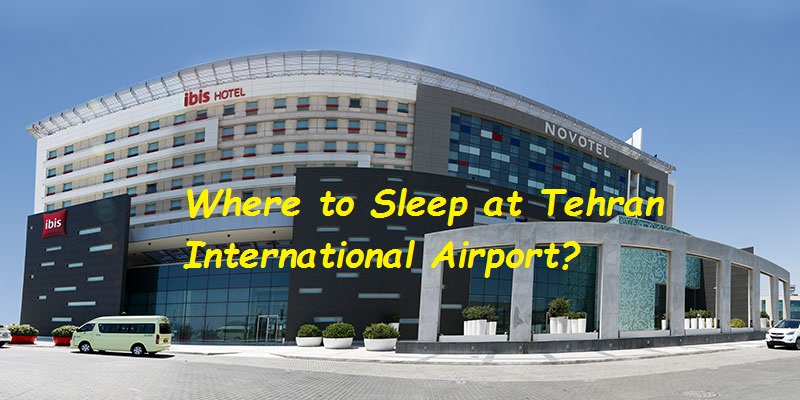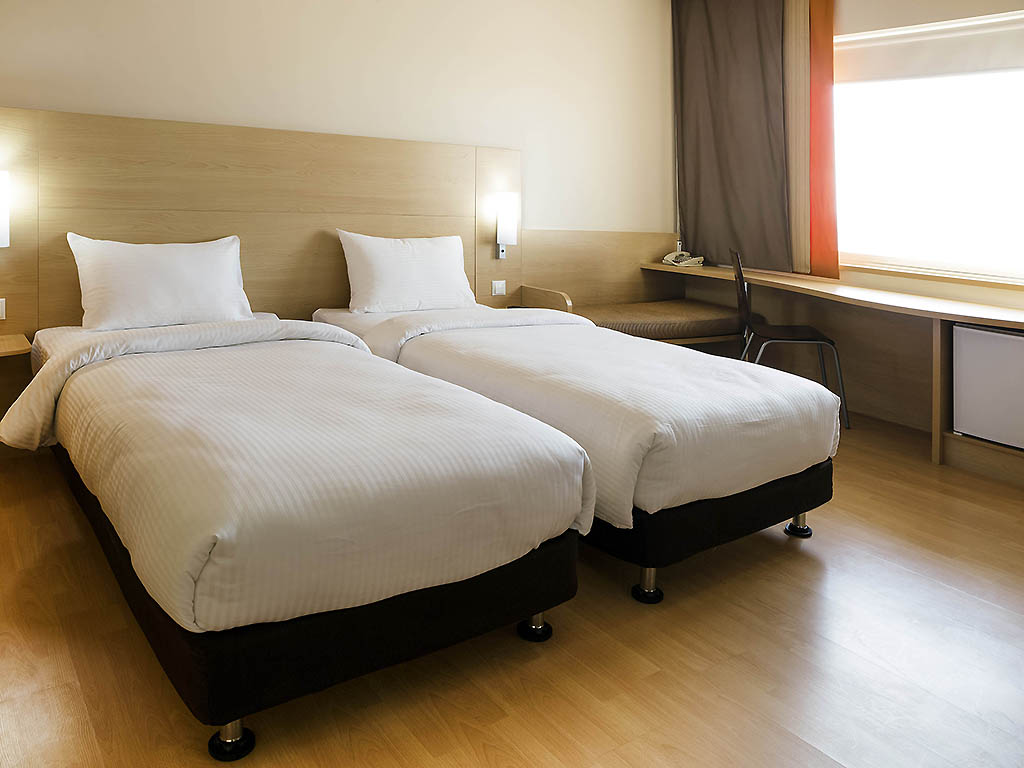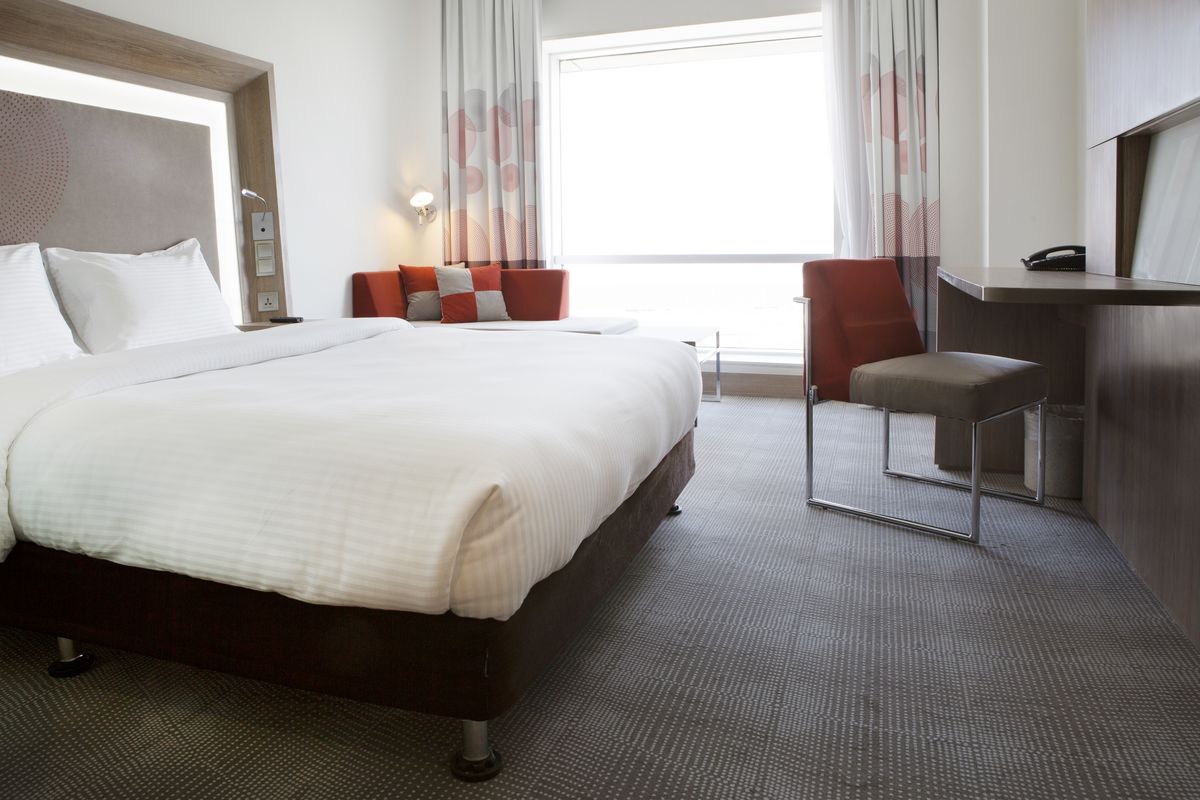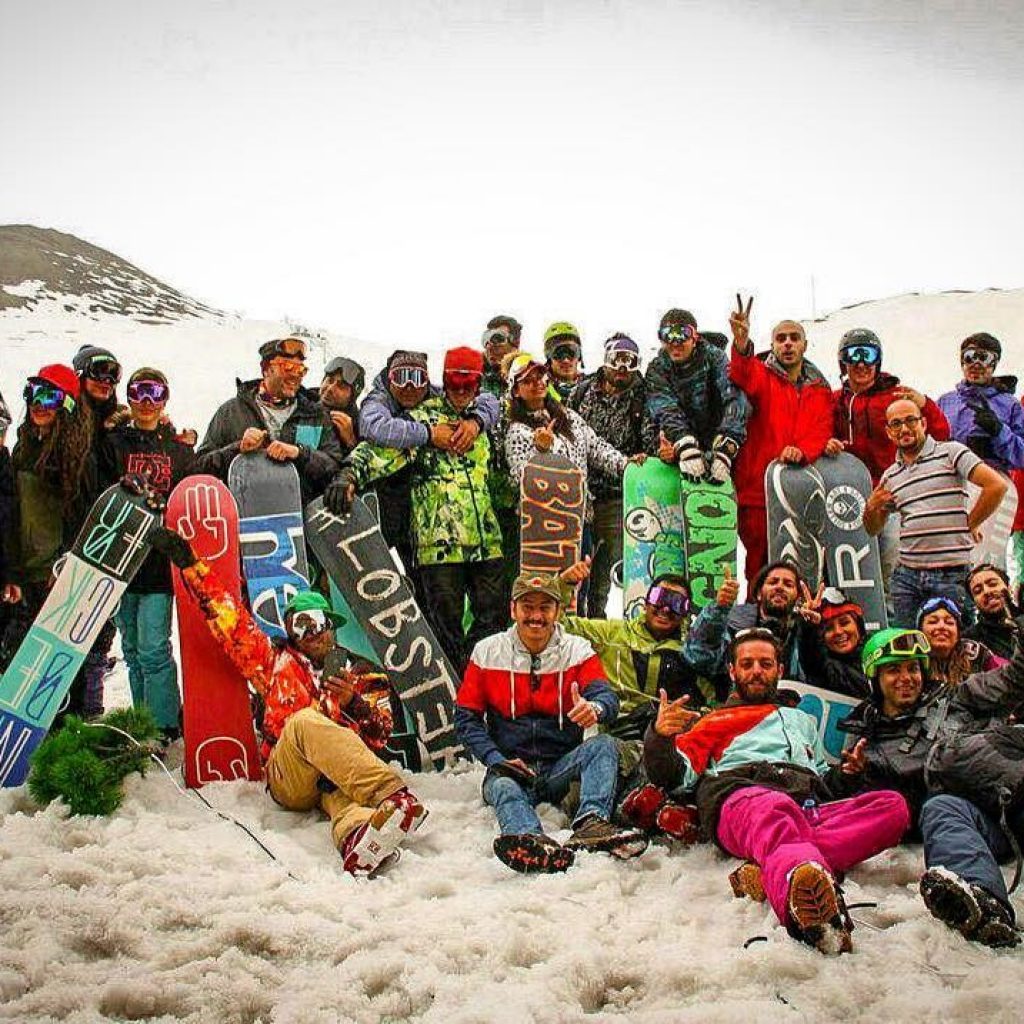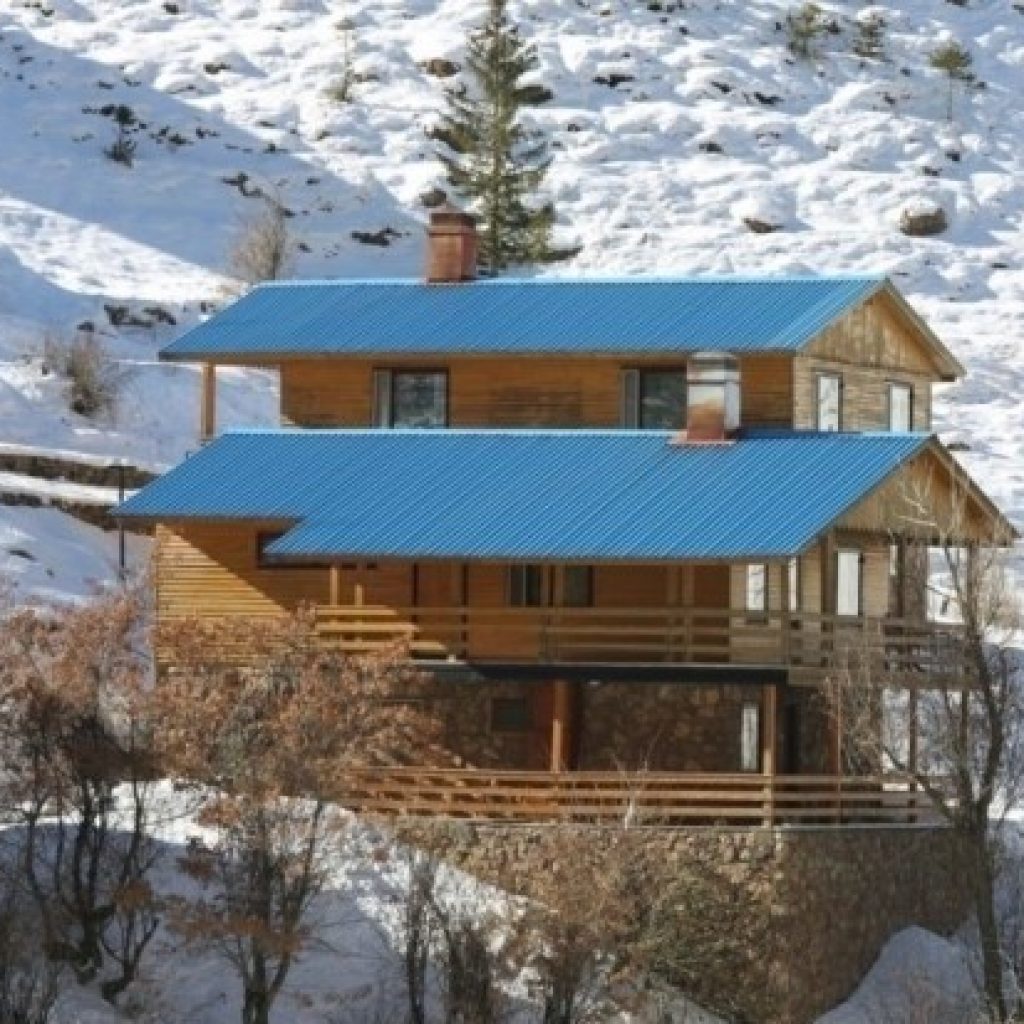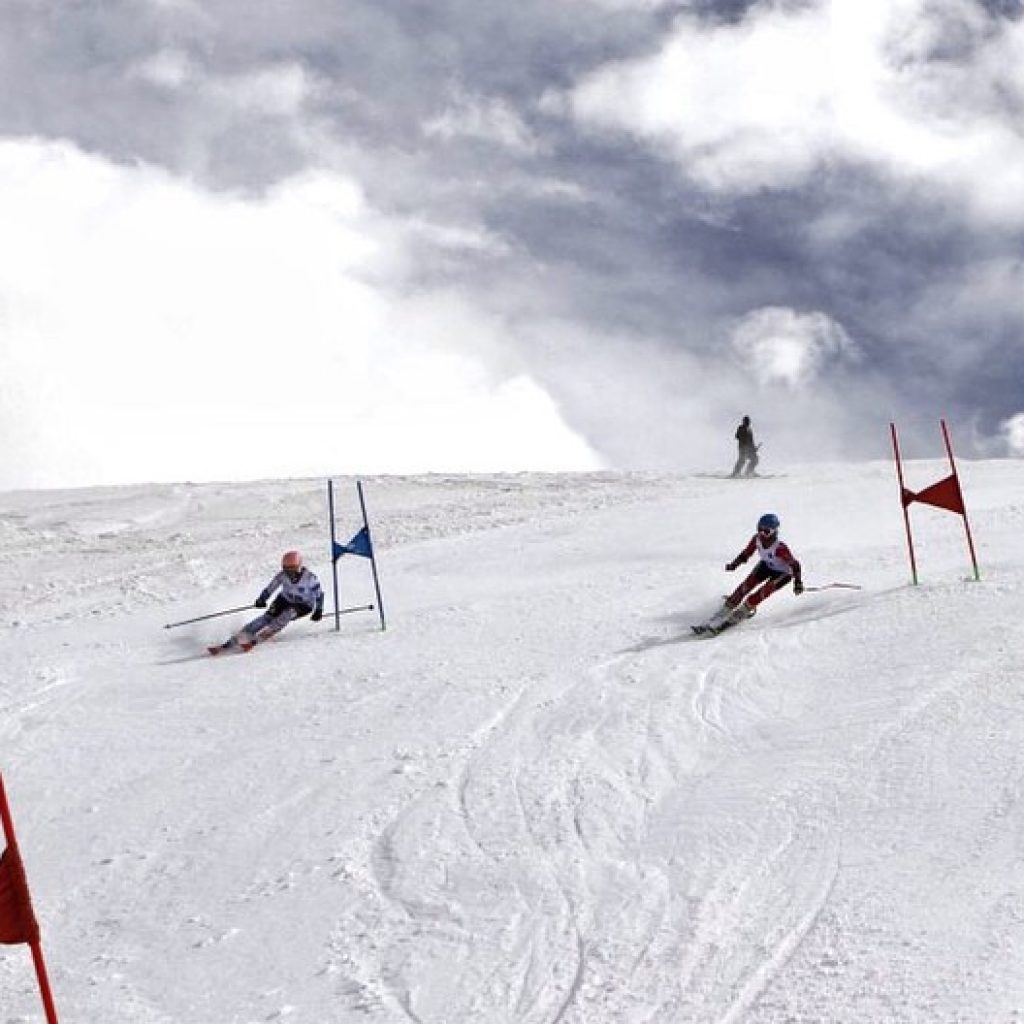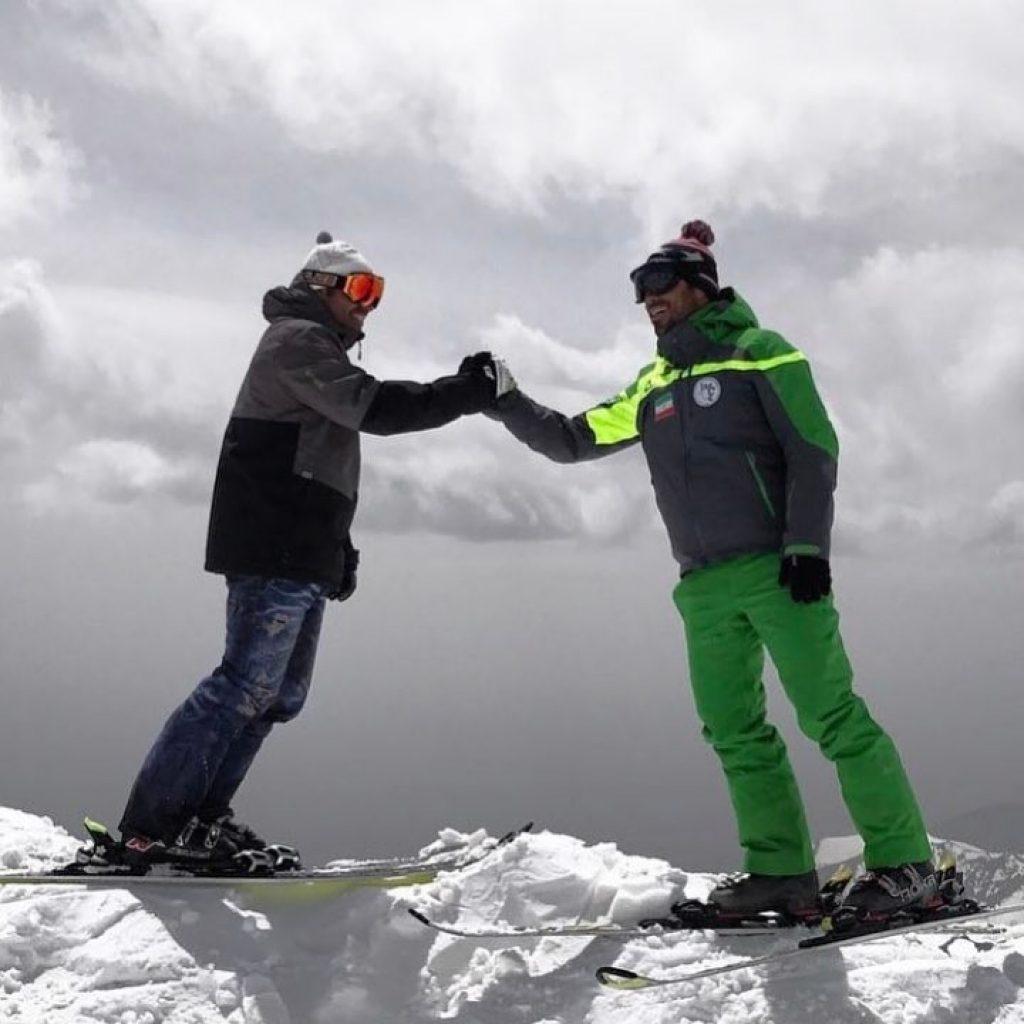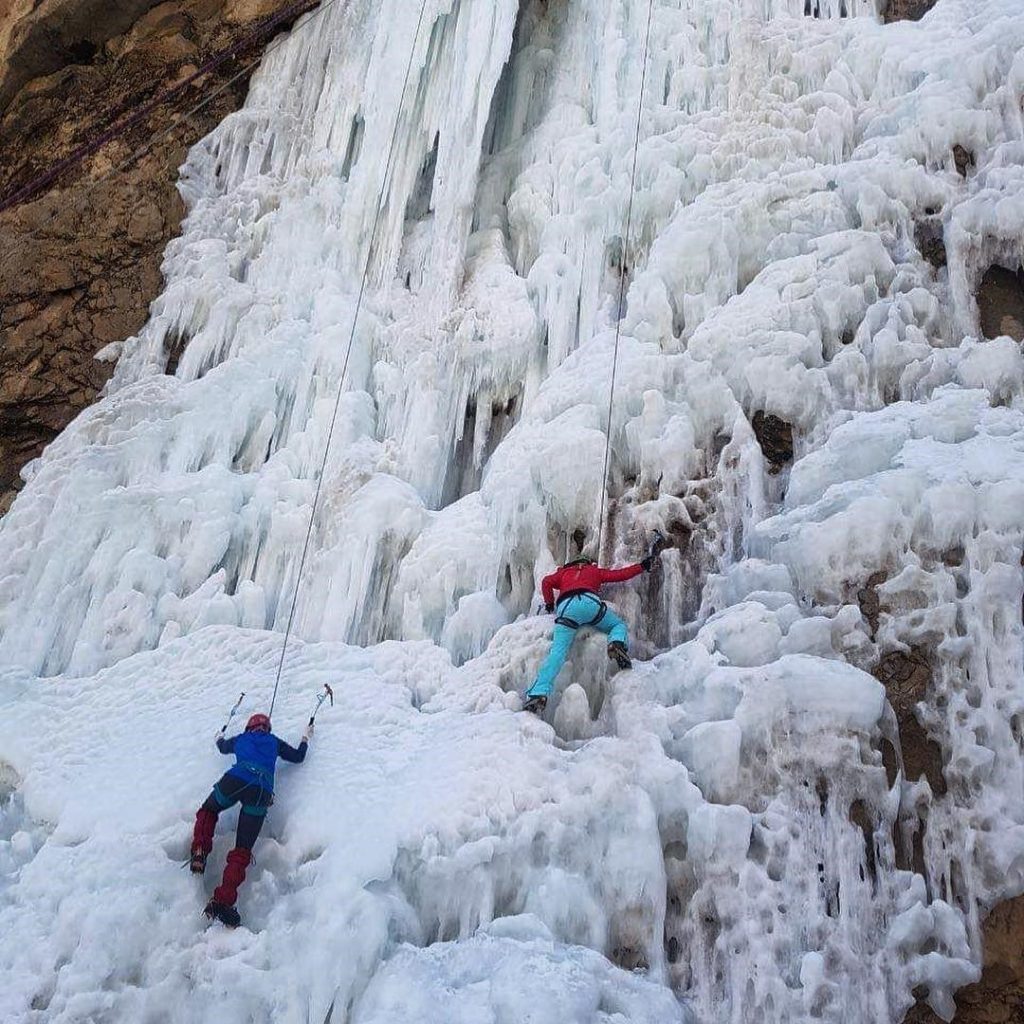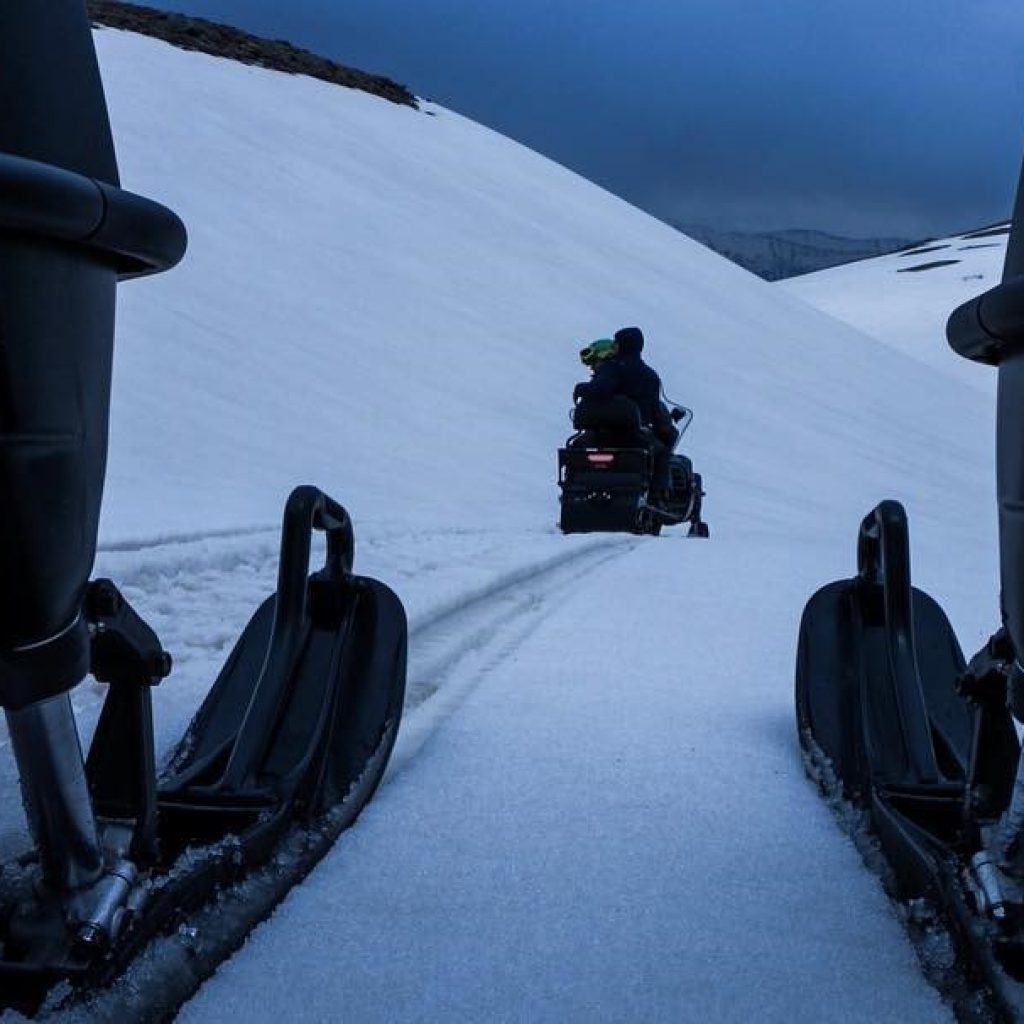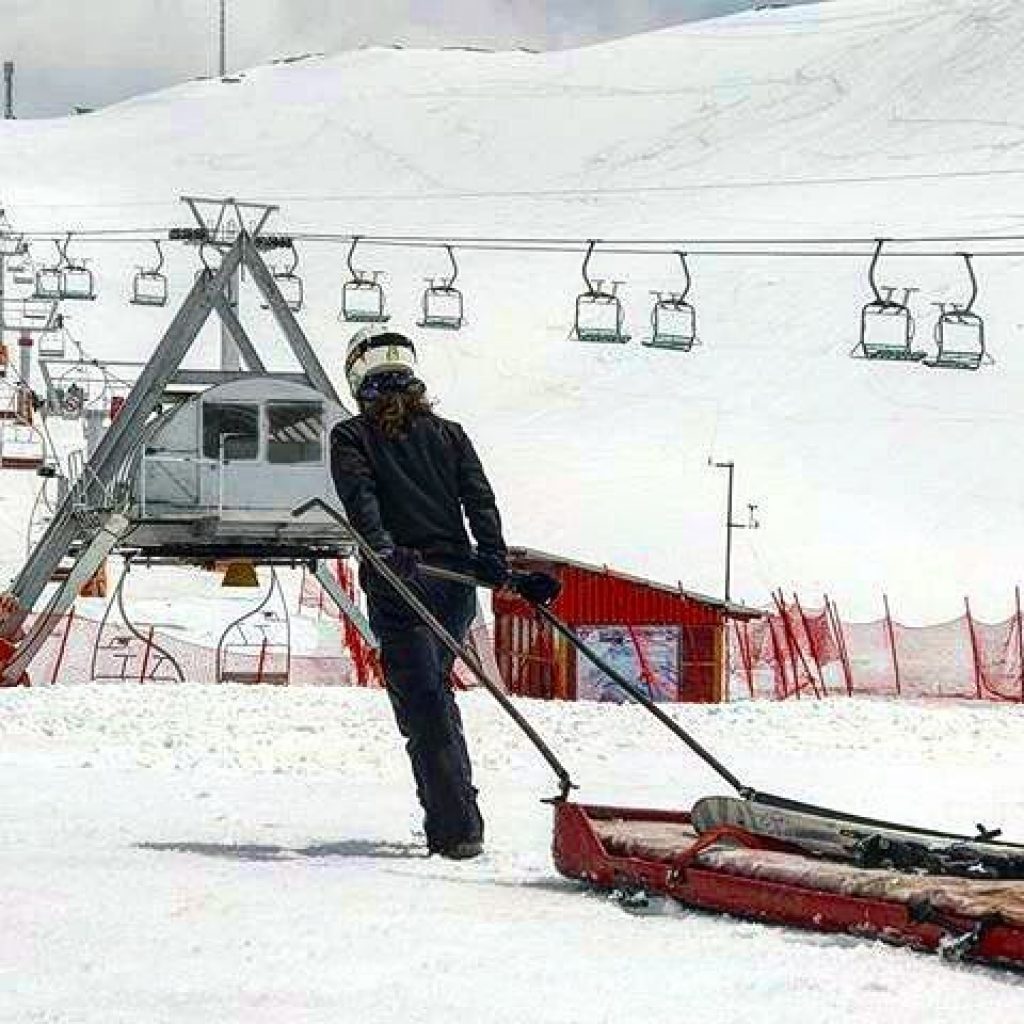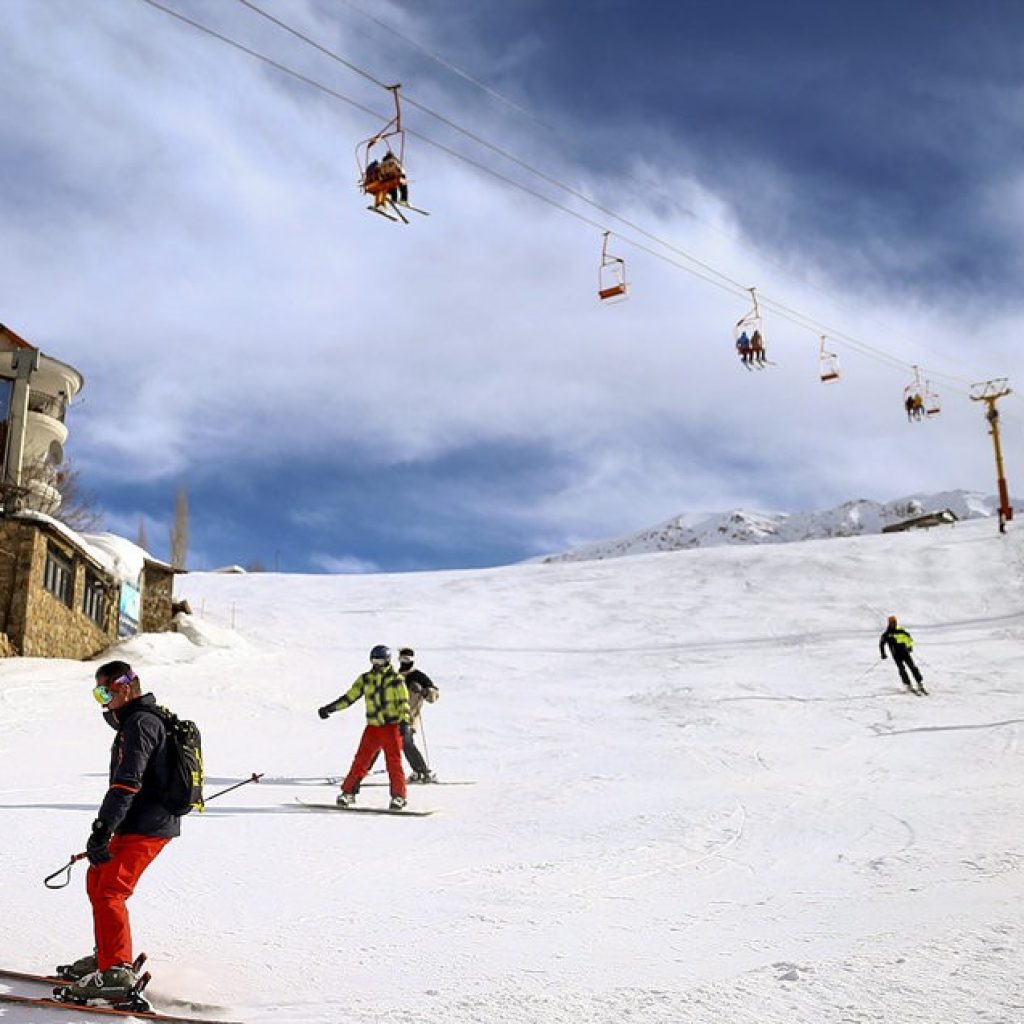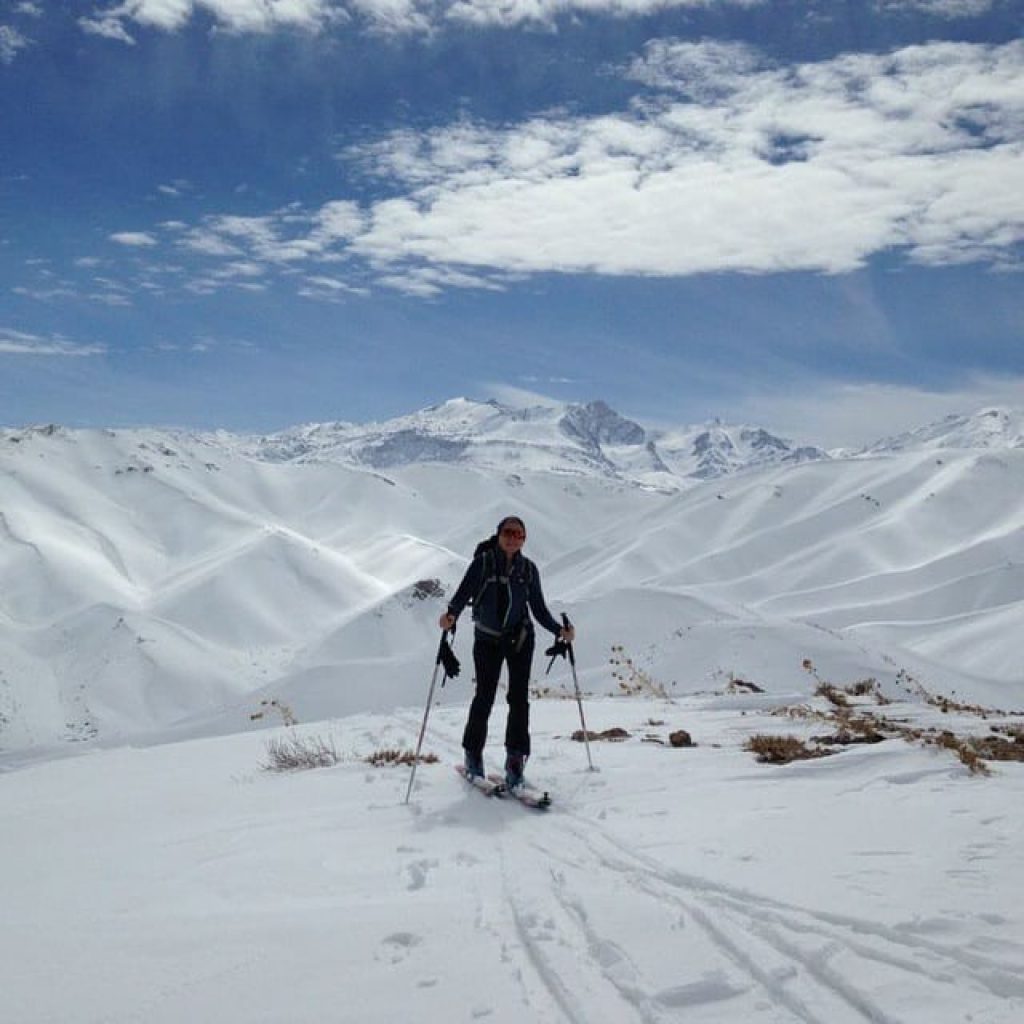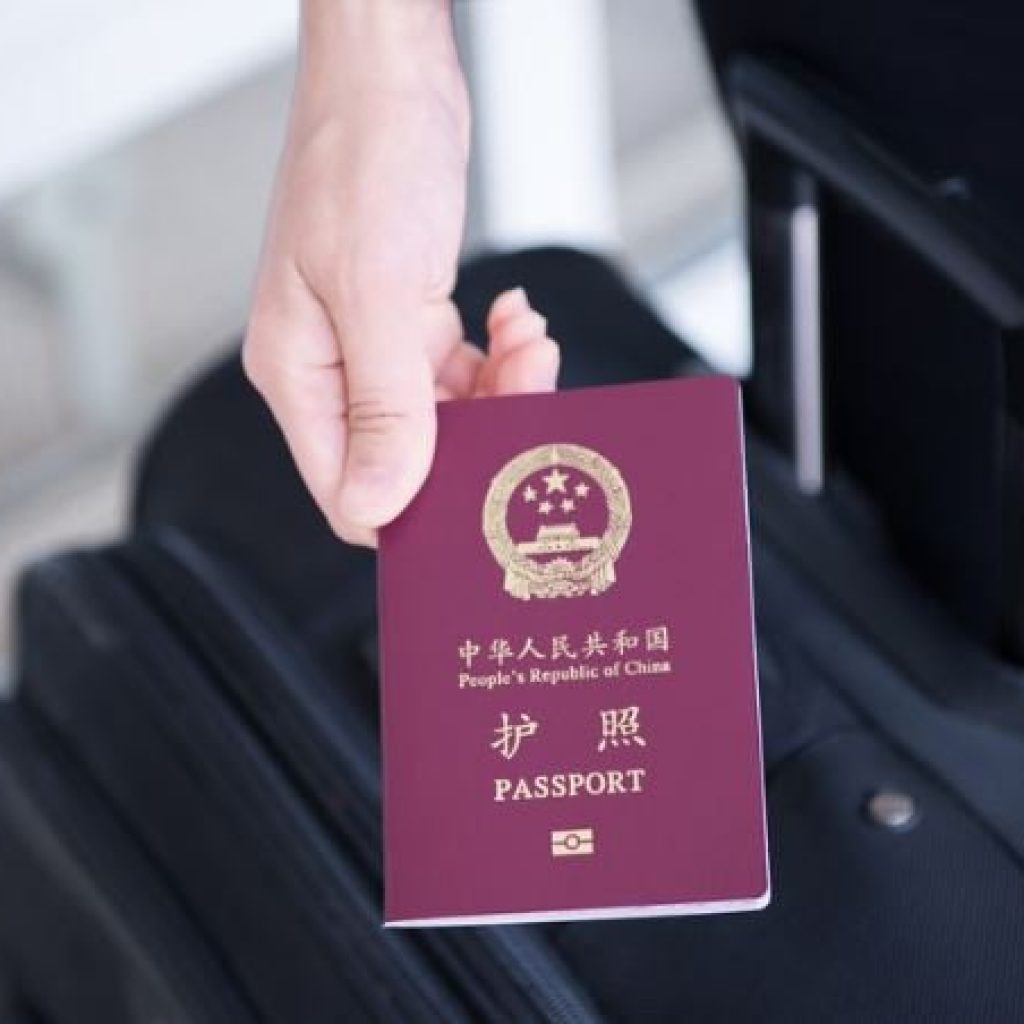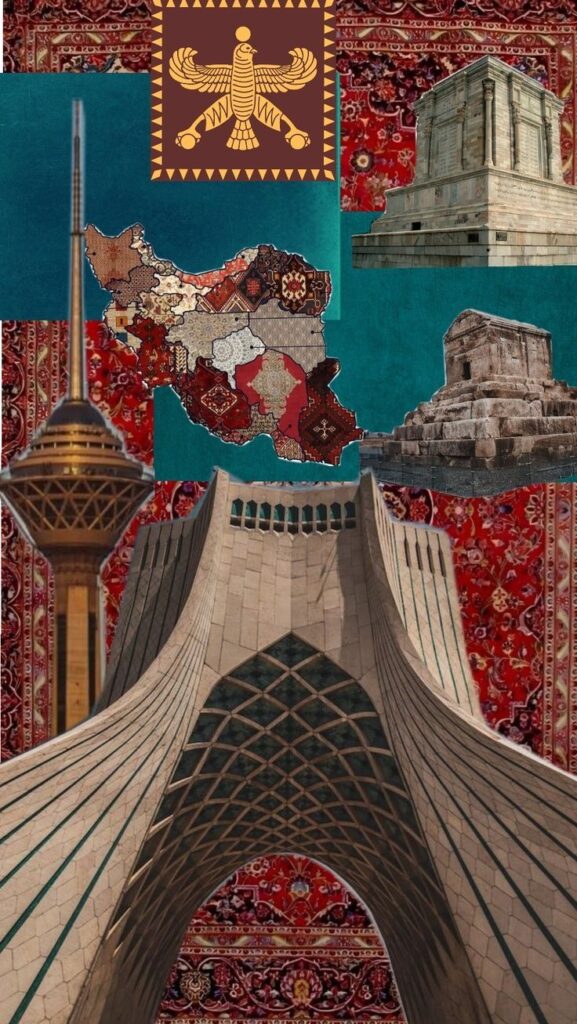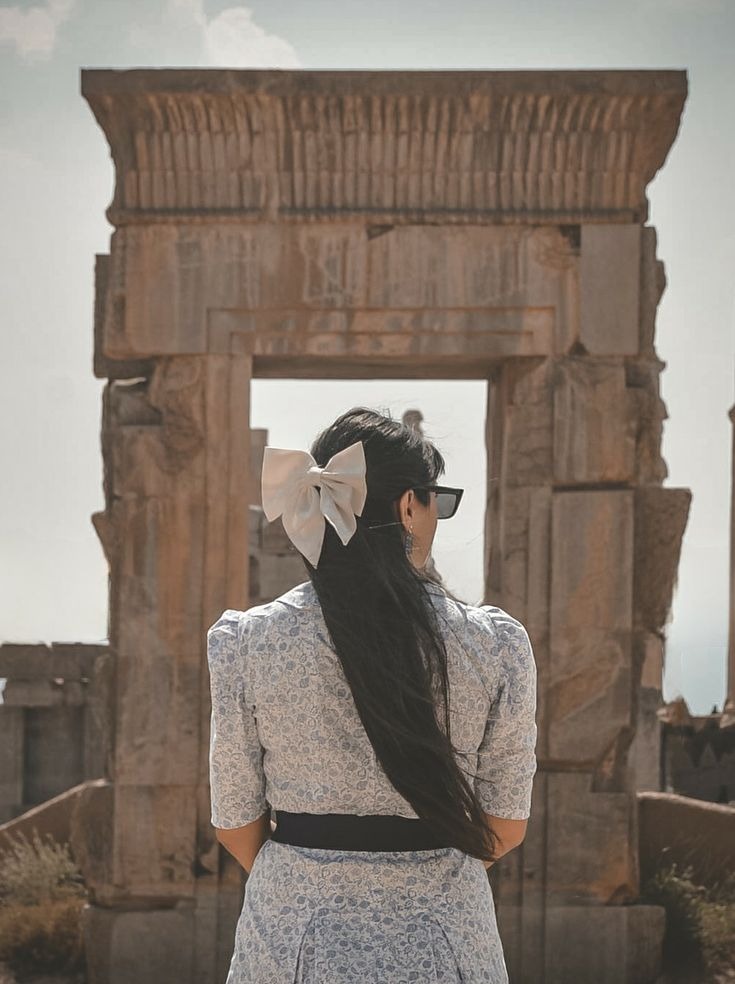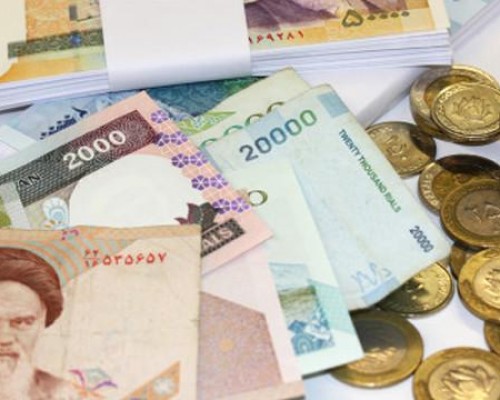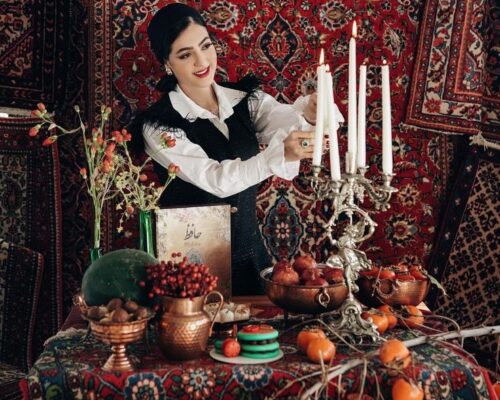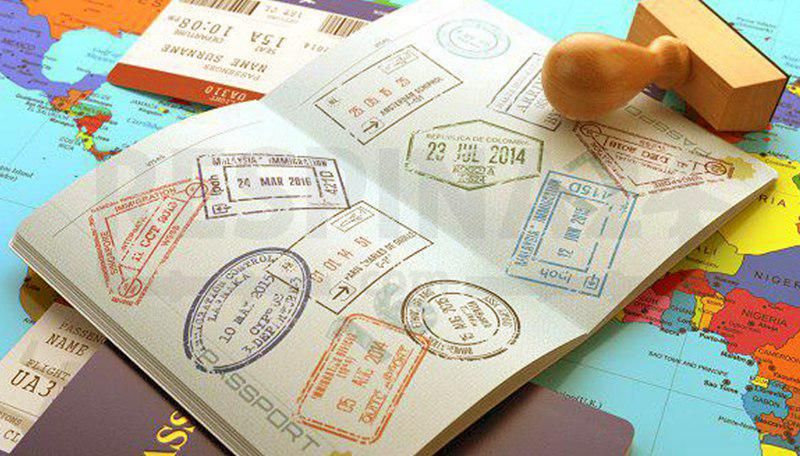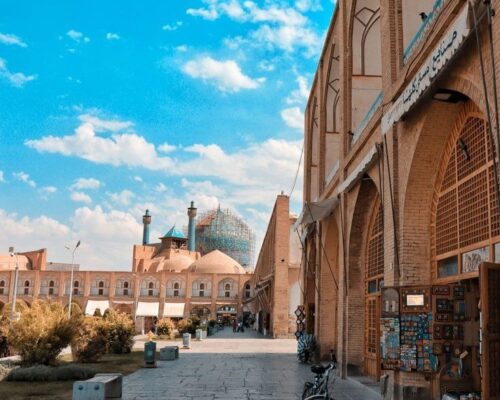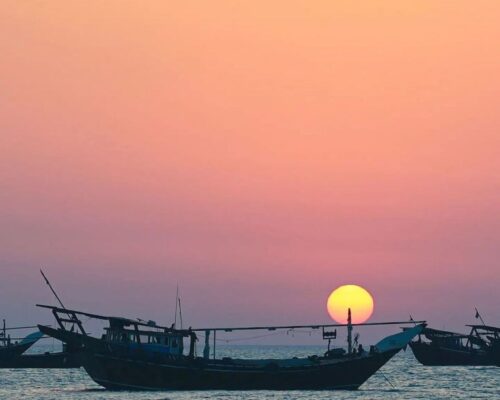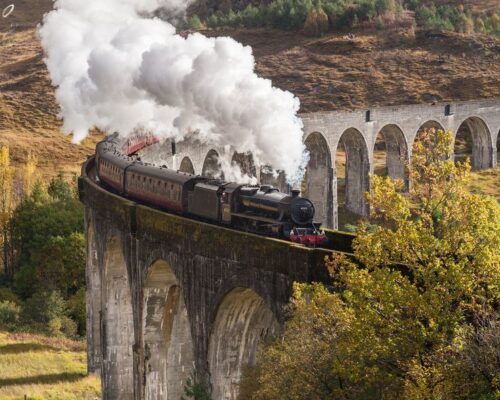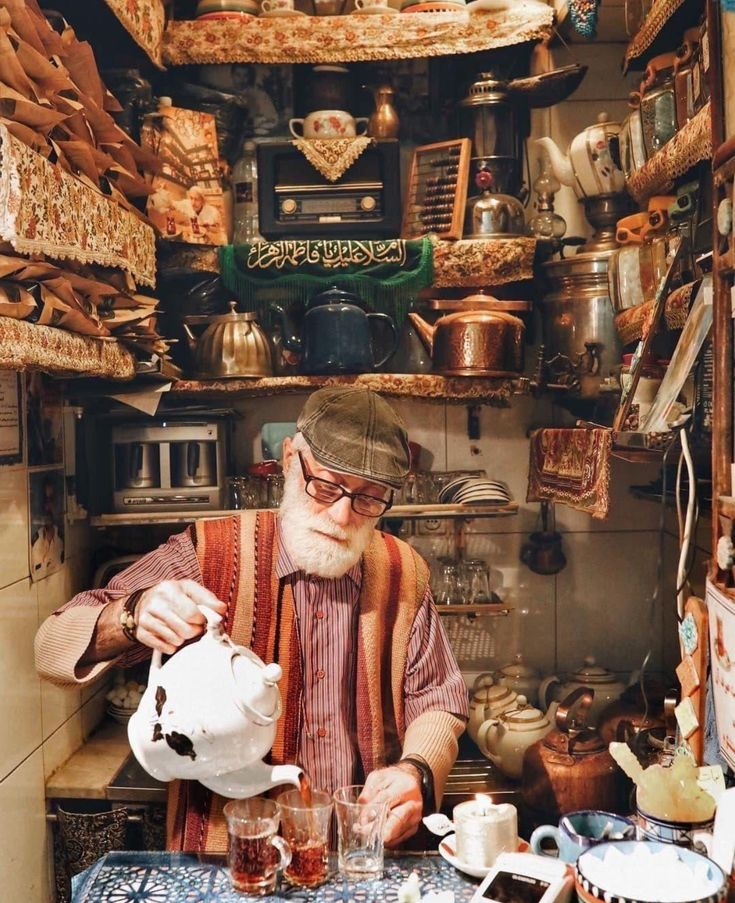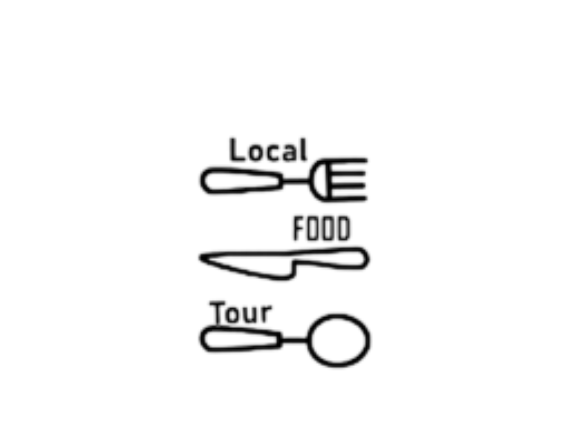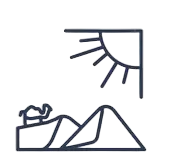Religion in Iran
Shia Islam is the dominant religion in Iran. However, religious minorities such as Christians, Jews, and Zoroastrians have lived peacefully here for centuries. They have built mosques, churches, and fire temples across different cities in Iran, adding to the country’s cultural diversity.
Iran’s Friendly People
One of the most valuable experiences in Iran is meeting its kind and hospitable people. Iranians are famous for their warmth and generosity. Hospitality has always been a central part of Persian culture, and travelers often find joy in making friends and discovering local lifestyles.
Climate in Iran
Iran is a four-season destination with diverse climates. Winters (December–January) are cold with snow and freezing temperatures, while spring and autumn offer mild weather. Summers are generally hot and dry.
This makes Iran a great place to visit all year round:
- In summer, you can enjoy sunshine and cool mountainous regions.
- In winter, you can travel to southern islands or enjoy skiing at Iran’s ski resorts.
- In spring, you can take part in festivals such as Nowruz, the Persian New Year.
Iran’s landscapes are shaped by mountain ranges. The western part is the most mountainous, with the Zagros and Alborz ranges. The northern region is home to the lush Hyrcanian forests (a UNESCO World Heritage site). The eastern part features deserts like Dasht-e Kavir and Dasht-e Lut, along with salt lakes—perfect for desert tours in spring and autumn.
Iranian Cuisine
Persian cuisine is one of the most complete and diverse in the world. Traditional dishes include different kinds of meat such as chicken, fish, lamb, turkey, and shrimp. Note that pork and alcoholic drinks are religiously forbidden in Iran. Therefore, all food in Iran must be halal (religiously approved).
At the same time, you can also find many good international restaurants offering international dishes and all kinds of fast food across the country.
Restaurants in Iran
- Breakfast time: around 7:00 am to 11:00 am
Most hotels in Iran are B&B and include breakfast. You can also enjoy breakfast in local cafés or restaurants. Traditional Iranian breakfasts such as Halim, Ash, and Kaleh Pacheh (sheep’s head and trotters) are famous, though usually not served at hotels. - Lunch time: around 12:00 pm to 3:00 pm
- Dinner time: around 7:30 pm to 10:00 pm
Most Famous Iranian Dishes
- Zereshk Polo – Rice with barberries, usually served with chicken.
- Kebab – Grilled meat including lamb, chicken, liver, or ground beef.
- Ghormeh Sabzi – Herb stew with meat and beans, with a slightly sour taste.
- Dizi / Abgoosht – A hearty Persian stew of meat and beans, traditionally made in stone pots.
- Baghali Polo – Rice with broad beans, often served with chicken or lamb.
- Ash (Thick Soup):
- Ash Reshteh – With herbs, noodles, and sour yogurt.
- Ash-e Sabzi – With herbs, beans, and chickpeas (best with lemon).
- Ash-e Doogh – With herbs and yogurt whey.
- Ash-e Kardeh – With herbs and meat.
👉 For more information about Persian cuisine, check our full guide.
Iranian Traditional Sweets and Desserts
- Ranginak – A national sweet, often prepared during Ramadan.
- Faloodeh Shirazi – A frozen dessert famous in Shiraz.
- Bastani Sonnati – Traditional saffron ice cream.
- Shirini Yazdi – Local sweets from Yazd.
- Sohan – A brittle saffron candy from Qom.
- Gaz – A nougat sweet from Isfahan.
- Halva – A traditional dessert, common across Iran.
- Kolompeh – A date-filled cookie from Kerman.
- Masghati – A soft sweet from Shiraz.
- Zoolbia & Bamieh – Famous Ramadan sweets.
Iranian Foods for Vegetarians
Vegetarians and vegans can also enjoy a variety of vegetarian-friendly Persian dishes during their Iran tour. Some popular options include:
- Kuku Sabzi – Herb omelet with eggs.
- Kuku Sibzamini – Potato omelet with eggs.
- Kashke Bademjan – Fried eggplant with onion and whey (or yogurt).
- Kate Gojeh – Rice cooked with tomato and potato.
- Sambooseh – Fried bread stuffed with potato and herbs.
- Vegetable Pizza – Available in most restaurants.
- Lubia Garm – Boiled beans with mushrooms.
- Dopiazeh – Fried potato with onion.
- Yatimcheh – A stew of tomato, garlic, and zucchini.
Iran Economy
Thanks to its oil, natural gas, and petrochemical industries, Iran plays an important role in the global economy. The country’s economy is a mixture of central planning, state ownership (especially of oil and gas), agriculture, private trade, and services.
Iranian Currency
The official currency of Iran is the Rial (IRR). However, Iranians commonly use Toman, where 1 Toman equals 10 Rials. This may be confusing for travelers at first.
You can exchange USD and EUR in banks and exchange offices, available in airports and major cities.
👉 For more details, check our guide on Iranian currency.
Iran Tourist Card
Since international credit cards (Visa, MasterCard, debit cards, traveler’s cheques, and ATMs) do not work in Iran, travelers usually carry cash. To avoid carrying large amounts of money, you can get a Tourist Card—a type of local debit card that works with ATMs, POS machines, and online payments. Although there is a small service fee, it is a safe and convenient way to manage money in Iran.
Iran Dress Code
The dress code in Iran may be different from what you are used to, but it can be an interesting experience to try.
- For women: The usual clothing is a manto (similar to a light coat), a scarf, and pants. In some holy places, women should wear a chador, which is usually available at the entrance.
- For men: The dress code is simpler. Shorts and tank tops are not allowed, but otherwise men can dress like anywhere else in the world.
You are free to wear bright and colorful clothing.
Iranian dress code full guide
Iran Handicrafts
Handicrafts are often seen as symbols of a country, and in Iran, they also make some of the best souvenirs. Thanks to Iran’s ancient civilization, rich culture, and diverse geography, you will find a wide variety of handicrafts, each region offering something unique.
The Most Famous Iranian Handicrafts:
- Persian Rugs & Carpets – The best ones are woven in Tabriz, Isfahan, Shiraz, Kashan, and Tehran.
- Minakari – Enamel work on metal, best made in Isfahan.
- Khatamkari – Inlaid marquetry work, mostly from Shiraz and Isfahan.
- Copper Work – Famous in Shiraz and Isfahan.
- Cotton & Termeh (Handwoven Fabric) – Best in Yazd.
- Ceramics & Pottery – Well known in Yazd, Shiraz, Kashan, and Isfahan.
- Miniature Paintings – Delicate Persian art, best from Shiraz, Isfahan, and Tehran.
Iran Souvenirs
Besides magnets or statues of attractions, you can buy authentic handicrafts and delicious Persian sweets as gifts. While shopping, make sure products are genuinely made in Iran, as bazaars sometimes sell imitations.
Popular souvenirs also include agricultural products such as saffron, pistachios, and caviar.
Tarof
If you travel to Iran, you will encounter unique cultural customs. One of the most famous is “Tarof”—a traditional form of politeness and hospitality. A host may insist several times when offering food or services. As a guest, it is polite to accept after the third offer. Tarof reflects the generosity and friendliness of Iranian culture.
WiFi, Internet & Social Networks in Iran
During your Iran tour, you can use free WiFi in most hotels, cafés, restaurants, and malls. However, for cheaper local calls and mobile internet, it’s best to buy a local SIM card upon arrival at the airport or from licensed shops.
The two main providers are MTN Irancell and Hamrah Aval (MCI). You can purchase a prepaid (Etebari) SIM card at a reasonable price, and it will be activated after registration. Using your SIM card’s instructions, you can buy internet data, recharge your balance, and check account details.
Social Media and Websites in Iran
- Available without restriction: WhatsApp, LinkedIn, Instagram.
- Blocked: Telegram, Facebook, YouTube, Twitter (but accessible through VPNs).
Iran Visa
Citizens of most countries need a visa to enter Iran, except for Armenia, Azerbaijan, Bolivia, Georgia, Lebanon, Malaysia, Egypt, Syria, Turkey, Venezuela, China, and Hong Kong–Macau.
Visitors can travel to Kish Island and Qeshm Island without a visa for up to 14 days.
Iran Visa Application Process:
- Apply for your visa code online.
- Pay the visa service fee.
- Receive your visa tracking code.
- Collect your visa at an Iranian embassy, consulate, or airport.
Iran Traditional Houses
Iran is famous for its traditional houses and boutique hotels. Many are restored caravanserais or historic mansions, while others are newly built in the same traditional style.
Staying in a traditional hotel or local home allows you to experience Persian hospitality and culture up close. Budget travelers can also stay in eco-lodges, hostels, or homestays, where bathrooms may be shared and sometimes mattresses replace beds. In spring and autumn, you can even stay in nomad tents for a unique experience.
Working Week in Iran
The official workweek in Iran runs from Saturday to Thursday at noon. Government offices and ministries are closed on Thursdays. The weekend is Friday, when most bazaars and businesses are closed.
Embassies and consulates are closed on Fridays and also on one additional day (usually Saturday) as well as national holidays.
Events in Iran
Iran has both national and religious holidays, which are important to consider when planning your trip.
👉 For more details, see our full guide to Iran festivals and holidays.
- Nowruz (Persian New Year): Celebrated from March 21 for 13 days. Families gather around the Haft-Sin table, pray for a good year, eat sweets, and exchange gifts. Tourist attractions are often crowded during this period.
- Mourning Ceremony for Imam Hussein: Held on Tasua and Ashura, followed by Arbaeen. People gather in the streets to honor Imam Hussein, and many attractions are closed.
- Ramadan (Ramazan): The holy month of fasting. Eating in public during daylight is restricted. However, hotels serve meals, takeaways are available, and restaurants open after sunset. Grocery stores remain open during the day.
Medical Tourism in Iran
Iran has been famous for its skilled doctors for many years. Today, many people from around the world travel to Iran for medical treatments because of its advanced hospitals, affordable services, and professional specialists. The main medical tourism destinations are Tehran, Shiraz, and Mashhad, where visitors can receive high-quality care in modern facilities.
Shopping Centers and Bazaars in Iran
Iran’s traditional bazaars are must-visit places full of history, handicrafts, and local products. Keep in mind that most bazaars are closed on Fridays and usually operate until sunset.
In Tehran, modern shopping malls are open all day, while in other cities, shops and malls often close for a short siesta between 1–4 pm. Whether you prefer traditional marketplaces or modern centers, Iran offers both experiences.
Drivers and Guides in Iran
Full-time Tourist Guide
Tours with a full-time guide include an expert accompanying you for about 8 hours per day. Your guide will assist with arrivals, departures, hotel check-in and check-out, and provide detailed explanations at all sites.
Local Tourist Guide
A local guide will join you in the main cities for about 8 hours per day and share insights into the history, culture, and highlights of each destination.
Drivers in Iran
Professional drivers are available for travelers. They are familiar with roads and attractions, and while their English may be limited to basic communication, they ensure comfort and safety during the journey. Standard working hours are 8 hours per day.
Vehicles
Travelers can choose from different vehicle options depending on group size and comfort preferences:
- VIP Cars
- Standard Sedans
- Van A36
- Van A50
- Mid-size Buses
- VIP Buses
- Regular Buses
